Home>Gardening & Outdoor>Plant Care & Gardening Tips>How Do Wildflower Adapt To Its Environment
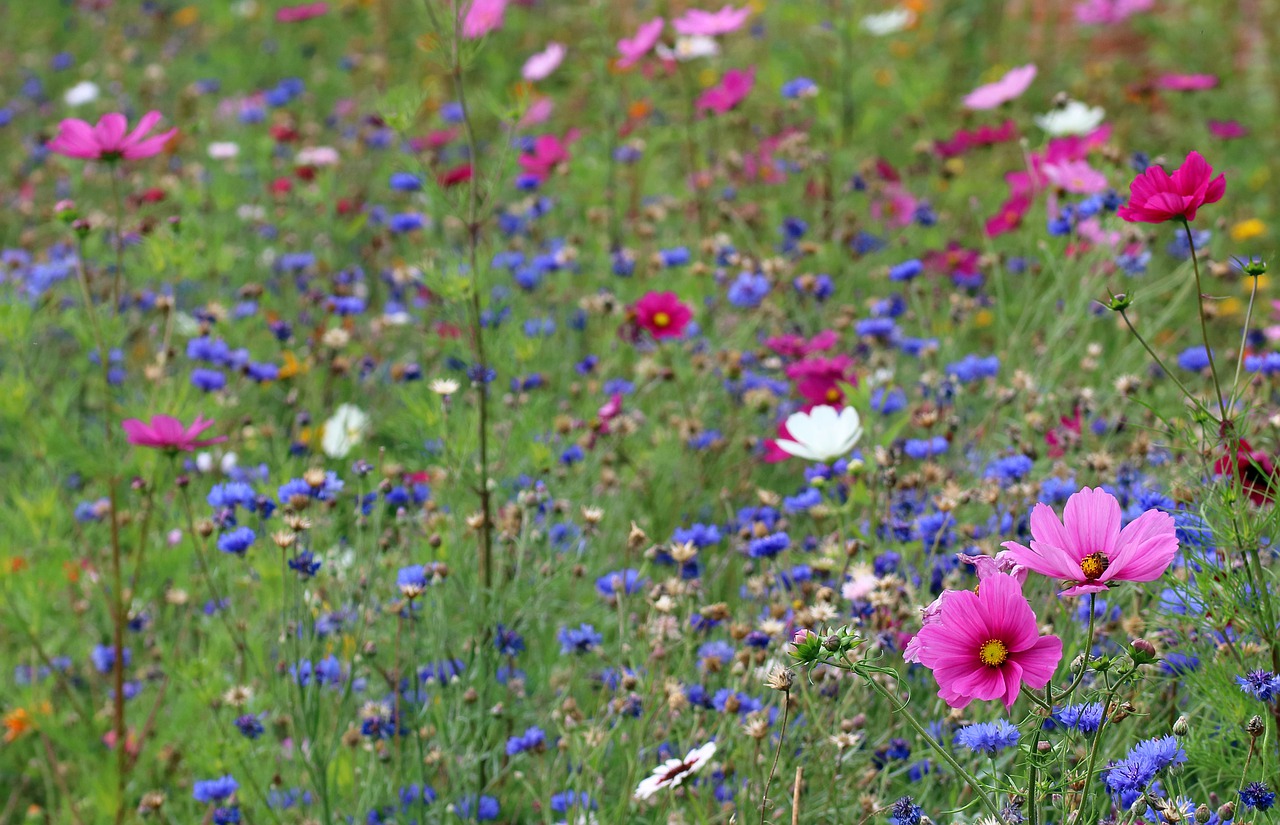

Plant Care & Gardening Tips
How Do Wildflower Adapt To Its Environment
Published: December 24, 2023
Discover how wildflowers adapt to their environment and thrive in various conditions. Get expert plant care and gardening tips to help your wildflowers flourish. Explore the best practices for nurturing wildflower species.
(Many of the links in this article redirect to a specific reviewed product. Your purchase of these products through affiliate links helps to generate commission for Storables.com, at no extra cost. Learn more)
Introduction
Wildflowers are a captivating and vital component of our natural world, offering a stunning array of colors and shapes while contributing to the delicate balance of ecosystems. These resilient and versatile plants have evolved over time to thrive in a variety of environments, showcasing remarkable adaptations that enable them to withstand diverse conditions. Understanding the mechanisms behind wildflower adaptation not only enriches our appreciation for these botanical wonders but also provides valuable insights into the intricate dynamics of the natural world.
In this comprehensive exploration, we will delve into the fascinating realm of wildflower adaptation, uncovering the physical, behavioral, and reproductive strategies that enable these plants to flourish in their respective habitats. By gaining a deeper understanding of the factors influencing wildflower adaptation, we can cultivate a profound appreciation for the resilience and ingenuity displayed by these remarkable botanical specimens. Join us as we embark on a journey to unravel the secrets of wildflower adaptation and celebrate the remarkable beauty and resilience of these captivating plants.
Key Takeaways:
- Wildflowers have evolved amazing physical, behavioral, and reproductive adaptations to thrive in diverse environments, showcasing nature’s resilience and diversity.
- Understanding wildflower adaptations helps us appreciate their vital role in ecosystems, from attracting pollinators to indicating environmental health, inspiring us to protect their habitats.
Read more: What Does Grass Do For The Environment
The Importance of Wildflowers in the Environment
Wildflowers play a crucial role in maintaining the health and biodiversity of natural ecosystems. These vibrant blooms are not only a sight to behold but also serve as essential components of various terrestrial and aquatic habitats. Their significance extends far beyond aesthetic appeal, encompassing ecological, environmental, and even cultural dimensions.
One of the primary contributions of wildflowers lies in their role as pollinator attractants. Their nectar-rich blossoms entice a diverse array of pollinators, including bees, butterflies, and hummingbirds, thereby facilitating the crucial process of pollination. This, in turn, supports the reproduction of numerous plant species, including food crops, ensuring the continuity of various ecosystems and the sustenance of countless animal species.
Furthermore, wildflowers contribute to soil health and stability. Their intricate root systems help prevent soil erosion, particularly in areas prone to intense rainfall or wind. By anchoring the soil and enhancing its structure, wildflowers play a pivotal role in preserving the integrity of landscapes and mitigating the detrimental effects of erosion.
Wildflowers also act as indicators of environmental health, providing valuable insights into the condition of ecosystems. Certain wildflower species are sensitive to changes in soil composition, moisture levels, and other environmental factors. As such, their presence or absence can offer vital clues about the overall well-being of a particular habitat, alerting conservationists and researchers to potential environmental disturbances or imbalances.
Moreover, wildflowers contribute to the cultural and aesthetic tapestry of our surroundings, enriching landscapes with their diverse hues and forms. They inspire artists, poets, and nature enthusiasts, fostering a deep appreciation for the natural world and serving as symbols of resilience and beauty.
By recognizing the multifaceted importance of wildflowers, we can gain a profound appreciation for their role in sustaining the delicate balance of ecosystems and enriching our lives with their exquisite presence.
Factors Affecting Wildflower Adaptation
Wildflowers have evolved a myriad of adaptations to thrive in diverse environments, and their ability to withstand environmental challenges is influenced by a range of factors. Understanding these influential elements provides valuable insights into the complex interplay between wildflowers and their surroundings.
One of the primary factors shaping wildflower adaptation is climate. Different wildflower species have evolved to thrive in specific climatic conditions, such as arid deserts, humid rainforests, or temperate grasslands. Temperature, precipitation patterns, and seasonal variations all play a pivotal role in determining the suitability of a particular environment for wildflower growth.
Soil composition and quality also significantly impact wildflower adaptation. Some species have adapted to thrive in nutrient-poor soils, while others require specific soil pH levels or drainage characteristics. The ability of wildflowers to establish and flourish in varying soil conditions is a testament to their remarkable adaptability.
Another critical factor is the availability of sunlight. Wildflowers exhibit diverse strategies for harnessing sunlight, with some thriving in full sun, while others prefer shaded or partially shaded environments. The intensity and duration of sunlight influence the growth, flowering, and overall vitality of wildflower species, shaping their adaptation to specific light conditions.
Furthermore, competition with other plant species and interactions with herbivores and pollinators play a pivotal role in wildflower adaptation. Some wildflowers have developed mechanisms to outcompete neighboring plants for resources, while others have evolved defense mechanisms against herbivory or established intricate relationships with pollinators to ensure successful reproduction.
Human activities, including habitat destruction, land development, and the introduction of invasive species, represent additional factors impacting wildflower adaptation. These anthropogenic influences can disrupt natural ecosystems, alter wildflower habitats, and exert pressure on native species, prompting them to adapt to rapidly changing environments.
By recognizing the multifaceted interplay of climate, soil, sunlight, biotic interactions, and human impacts, we can gain a deeper understanding of the intricate web of factors that shape wildflower adaptation. This awareness underscores the remarkable resilience and adaptability displayed by wildflowers as they navigate the complex tapestry of their natural environments.
Physical Adaptations of Wildflowers
Wildflowers have developed an impressive array of physical adaptations that enable them to thrive in diverse and often challenging environments. These remarkable features, shaped by evolutionary processes, allow wildflowers to withstand harsh conditions, secure essential resources, and maximize their chances of survival and reproduction.
One of the most striking physical adaptations of wildflowers is their diverse root systems. These intricate structures vary widely among species, with some wildflowers developing deep taproots to access water reservoirs in arid soils, while others spread shallow, fibrous roots to efficiently capture moisture and nutrients in nutrient-poor environments. The adaptability of wildflower roots enables them to anchor firmly in the soil, withstand environmental stresses, and sustain the aboveground portions of the plant.
Leaf morphology represents another key physical adaptation. Wildflowers exhibit an astonishing array of leaf shapes, sizes, textures, and arrangements, each tailored to optimize photosynthesis, minimize water loss, and deter herbivory. Some species feature succulent leaves to store water in arid climates, while others have evolved dense, hairy coatings to reduce transpiration or thorns and spines to deter herbivores.
Furthermore, wildflowers display diverse stem structures that contribute to their adaptation to specific environments. Some species have evolved sturdy, woody stems to withstand harsh winds and support expansive canopies, while others develop flexible, sprawling stems to navigate dense vegetation or exploit open spaces. These physical adaptations allow wildflowers to optimize their access to light, water, and nutrients while withstanding environmental pressures.
Flower morphology represents a captivating realm of physical adaptations, with wildflowers showcasing an astonishing array of colors, shapes, and structures. These floral adaptations are intricately linked to pollination strategies, attracting specific pollinators through vibrant hues, enticing scents, and specialized forms. Some wildflowers have evolved complex floral structures to facilitate specialized pollination interactions, ensuring the continuity of their species in diverse habitats.
Seed dispersal mechanisms further exemplify the physical adaptations of wildflowers. From airborne seeds that ride the wind to those equipped with barbs or hooks for animal dispersal, wildflowers have evolved ingenious strategies to colonize new territories and propagate their species, contributing to the dynamic and ever-changing tapestry of natural landscapes.
By unraveling the physical adaptations of wildflowers, we gain a profound appreciation for the remarkable ingenuity and resilience displayed by these captivating plants. Their ability to thrive in a multitude of environments stands as a testament to the awe-inspiring diversity and adaptability of the natural world.
Wildflowers adapt to their environment by developing deep root systems to access water, producing colorful blooms to attract pollinators, and developing protective mechanisms to survive harsh weather conditions.
Behavioral Adaptations of Wildflowers
While the term “behavioral adaptations” is often associated with animal behavior, wildflowers also exhibit fascinating behavioral strategies that contribute to their survival and reproductive success. These adaptive behaviors, shaped by evolutionary processes, enable wildflowers to respond to environmental cues, optimize resource acquisition, and enhance their resilience in dynamic ecosystems.
One notable behavioral adaptation of wildflowers is their ability to track and respond to environmental stimuli. Some species exhibit remarkable sensitivity to changes in light, temperature, or moisture levels, adjusting their growth patterns, blooming times, or seed germination in response to these cues. This behavioral plasticity allows wildflowers to synchronize their life cycles with optimal environmental conditions, maximizing their chances of successful reproduction.
Wildflowers also display adaptive behaviors related to resource acquisition and utilization. In nutrient-poor environments, certain species have evolved the ability to allocate resources strategically, prioritizing essential functions such as root growth, water uptake, or seed production based on prevailing conditions. This dynamic resource allocation enhances the resilience of wildflowers in challenging habitats, enabling them to thrive despite limited resources.
Furthermore, wildflowers engage in intricate interactions with other organisms, showcasing behavioral adaptations that facilitate mutualistic relationships. Some species form symbiotic associations with fungi to enhance nutrient uptake, while others establish specialized interactions with pollinators, altering their floral traits or nectar production in response to specific visitors. These behavioral adaptations contribute to the successful reproduction and dispersal of wildflower species, highlighting the intricate web of ecological relationships in which they are embedded.
Another captivating behavioral adaptation is the ability of certain wildflowers to modulate their growth and development in response to competitive pressures. In densely vegetated environments, some species exhibit behaviors such as rapid vertical elongation or altered branching patterns to access light and minimize competition with neighboring plants. These dynamic growth responses enable wildflowers to adapt to changing competitive landscapes and optimize their access to essential resources.
By unraveling the behavioral adaptations of wildflowers, we gain a deeper understanding of the dynamic and responsive nature of these captivating plants. Their ability to perceive and react to environmental cues, optimize resource utilization, and engage in intricate ecological interactions underscores the remarkable adaptability and resilience of wildflowers in the ever-changing tapestry of natural ecosystems.
Read more: What To Do With Wildflower Pollen
Reproductive Adaptations of Wildflowers
Wildflowers have evolved an impressive array of reproductive adaptations that enable them to navigate diverse habitats, attract pollinators, and ensure the successful propagation of their species. These intricate adaptations, shaped by evolutionary processes, underscore the remarkable diversity and ingenuity displayed by wildflowers in their reproductive strategies.
One of the most captivating reproductive adaptations of wildflowers is their diverse floral structures, colors, and scents, which serve as powerful attractants for pollinators. By exhibiting a stunning array of floral traits, including vibrant hues, intricate shapes, and enticing fragrances, wildflowers entice a wide range of pollinators, including bees, butterflies, moths, birds, and bats. These specialized floral adaptations optimize the chances of successful pollination, ensuring the transfer of pollen between flowers and the subsequent production of seeds.
Furthermore, wildflowers have developed remarkable mechanisms to regulate the timing of their flowering and seed production. Some species synchronize their blooming periods with specific pollinators’ activity, ensuring that their flowers are accessible when the most effective pollinators are present. This precise timing enhances the efficiency of pollination and contributes to the reproductive success of wildflowers in their respective habitats.
Wildflowers also exhibit diverse seed dispersal adaptations that contribute to their ability to colonize new territories and thrive in dynamic landscapes. From seeds equipped with specialized appendages for wind dispersal to those encased in fleshy fruits attractive to animals, wildflowers have evolved ingenious strategies to disseminate their seeds across varied environments. These dispersal adaptations contribute to the dynamic and ever-changing distribution of wildflower species, enriching natural landscapes with their diversity.
Another captivating reproductive adaptation is the ability of certain wildflowers to produce seeds that remain dormant for extended periods, germinating only when specific environmental conditions are met. This dormancy mechanism allows wildflowers to hedge their reproductive bets, ensuring that their seeds have the best chances of successful germination and establishment in favorable conditions.
By unraveling the reproductive adaptations of wildflowers, we gain a profound appreciation for the intricate and diverse strategies employed by these captivating plants to ensure their reproductive success. Their ability to entice pollinators, regulate flowering timing, disperse seeds effectively, and adapt to changing environmental conditions stands as a testament to the remarkable resilience and adaptability of wildflowers in natural ecosystems.
Conclusion
Wildflowers stand as resilient and captivating symbols of nature’s ingenuity, showcasing an astonishing array of adaptations that enable them to thrive in diverse and often challenging environments. From physical features and behavioral strategies to reproductive mechanisms, wildflowers have evolved a myriad of traits that underscore their remarkable adaptability and vital role in natural ecosystems.
By unraveling the multifaceted adaptations of wildflowers, we gain a deeper understanding of the intricate interplay between these plants and their environments. Their ability to navigate diverse climatic conditions, optimize resource utilization, entice pollinators, and ensure successful reproduction reflects the dynamic and responsive nature of the natural world.
Furthermore, the importance of wildflowers in maintaining the health and biodiversity of ecosystems cannot be overstated. These vibrant blooms contribute to pollinator conservation, soil stability, and environmental health, serving as indicators of ecosystem well-being and enriching landscapes with their diverse hues and forms. Their cultural and aesthetic significance further underscores the profound impact of wildflowers on human perspectives and experiences of the natural world.
As we continue to explore and appreciate the adaptations of wildflowers, it becomes evident that these remarkable plants embody the resilience and diversity that define the intricate tapestry of life on Earth. Their ability to adapt, thrive, and contribute to the intricate web of ecological relationships serves as a testament to the awe-inspiring complexity and beauty of the natural world.
In celebrating the adaptations of wildflowers, we also recognize the need to preserve and protect their habitats, ensuring that these botanical wonders continue to enrich our lives and sustain the delicate balance of ecosystems for generations to come. By nurturing an appreciation for the remarkable adaptations and ecological significance of wildflowers, we can cultivate a deeper connection with the natural world and contribute to the conservation of these invaluable components of our shared planet.
Frequently Asked Questions about How Do Wildflower Adapt To Its Environment
Was this page helpful?
At Storables.com, we guarantee accurate and reliable information. Our content, validated by Expert Board Contributors, is crafted following stringent Editorial Policies. We're committed to providing you with well-researched, expert-backed insights for all your informational needs.
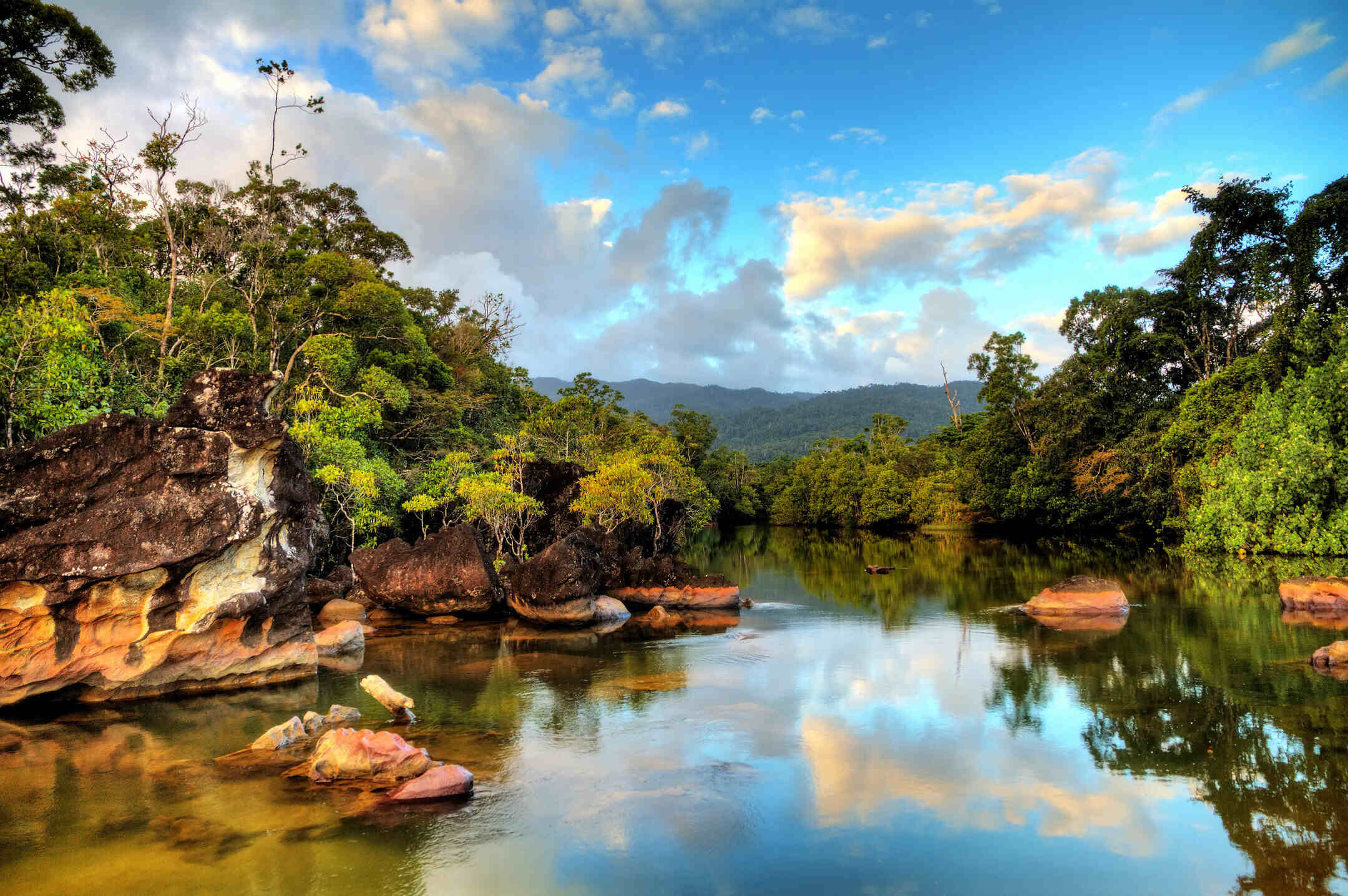
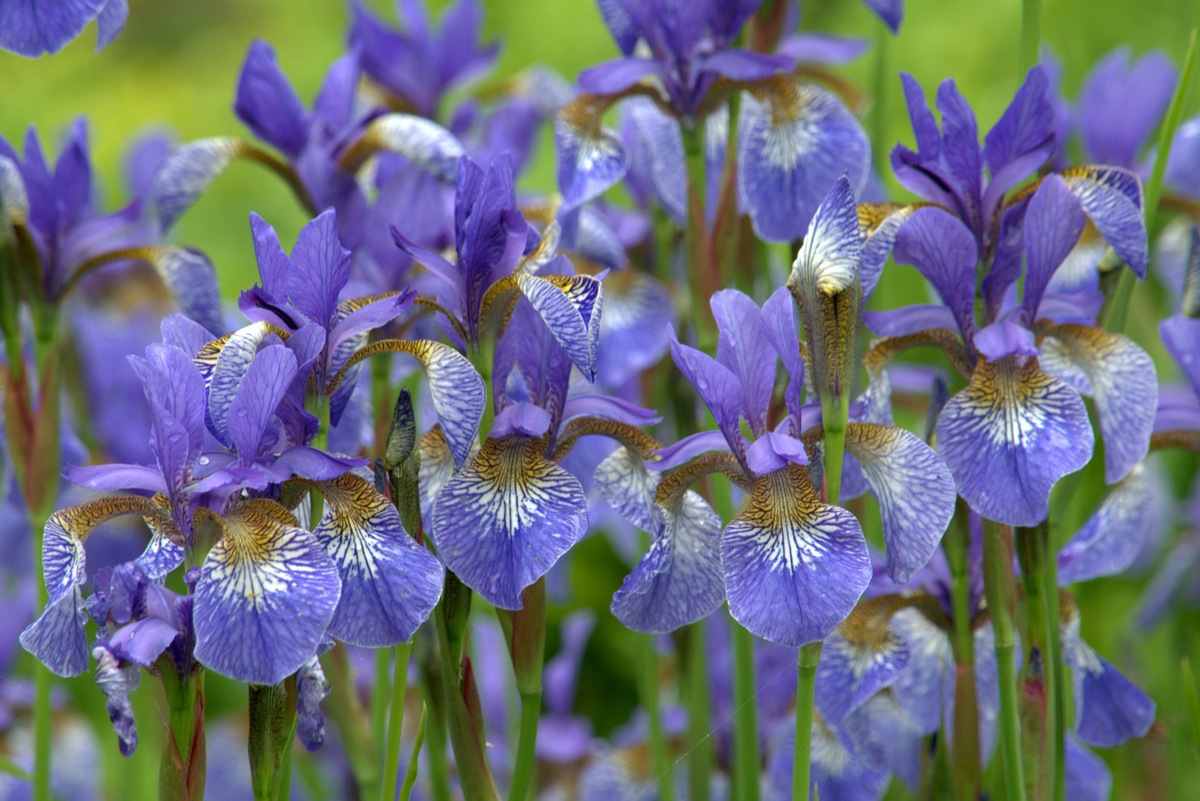
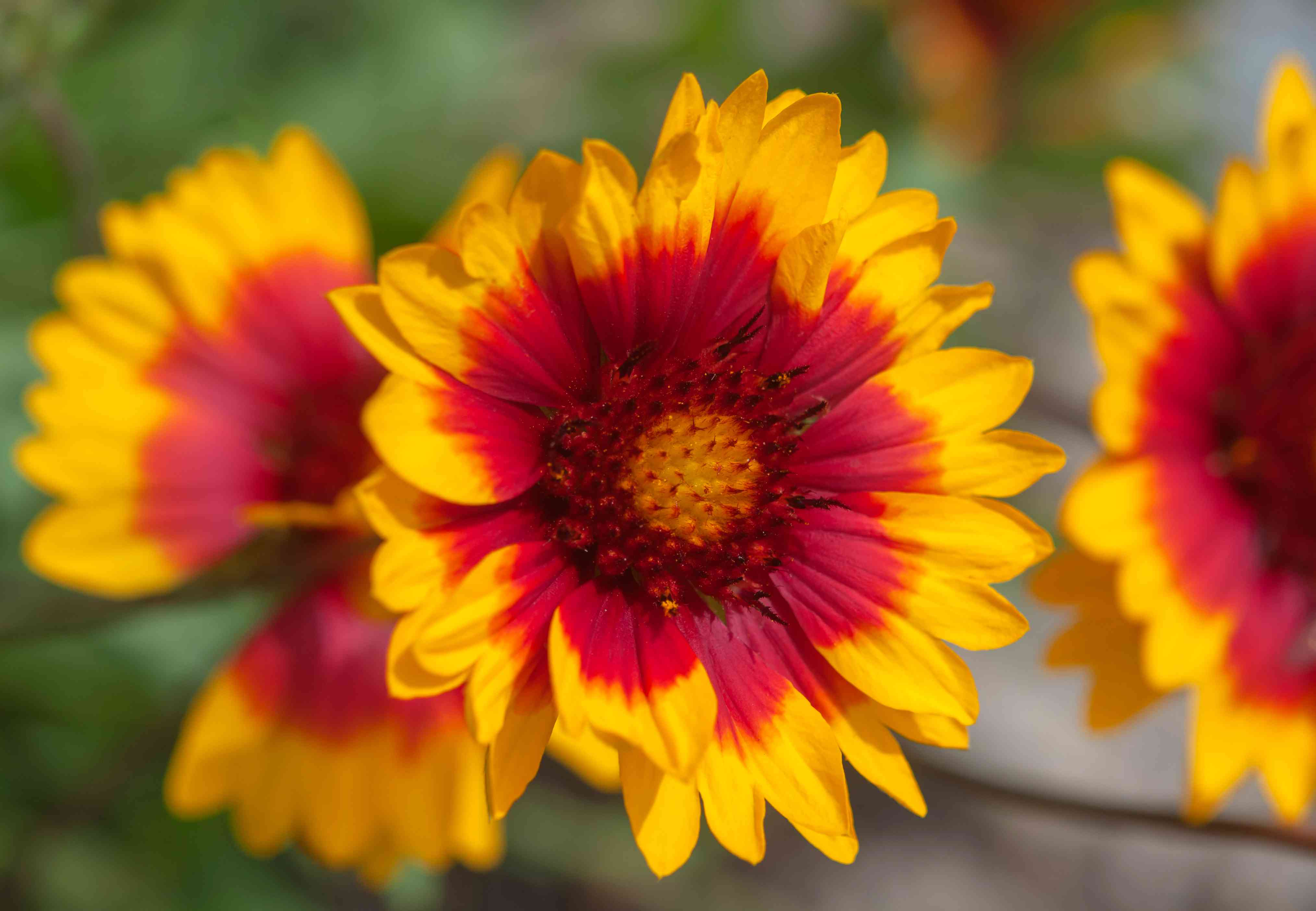
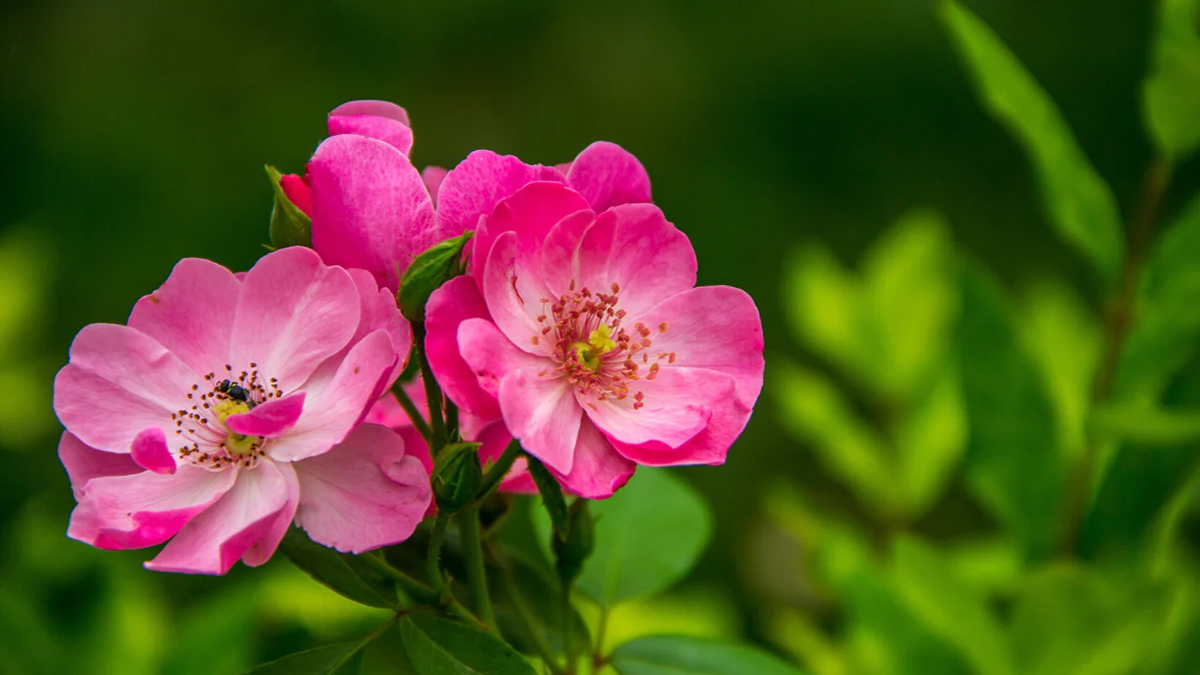
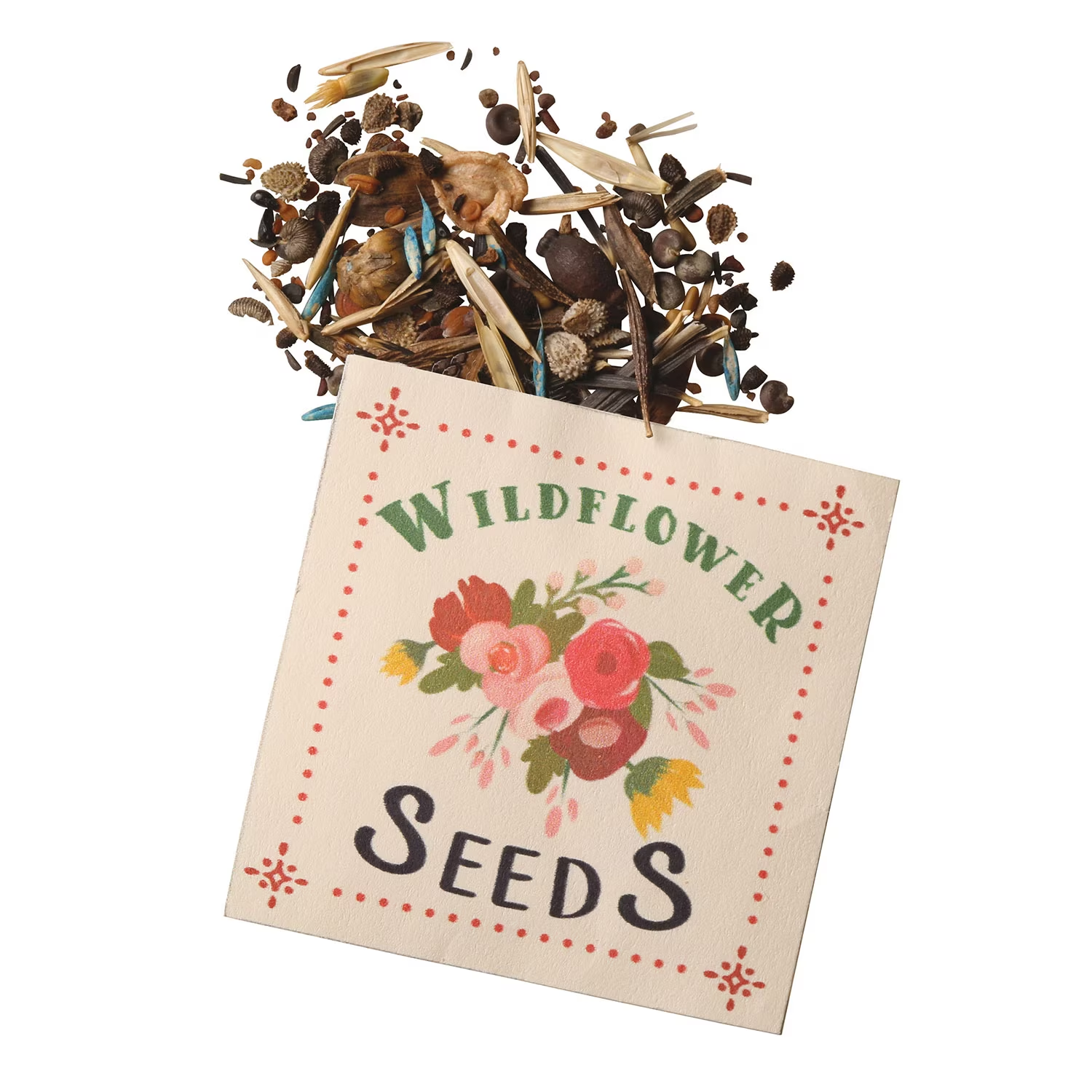
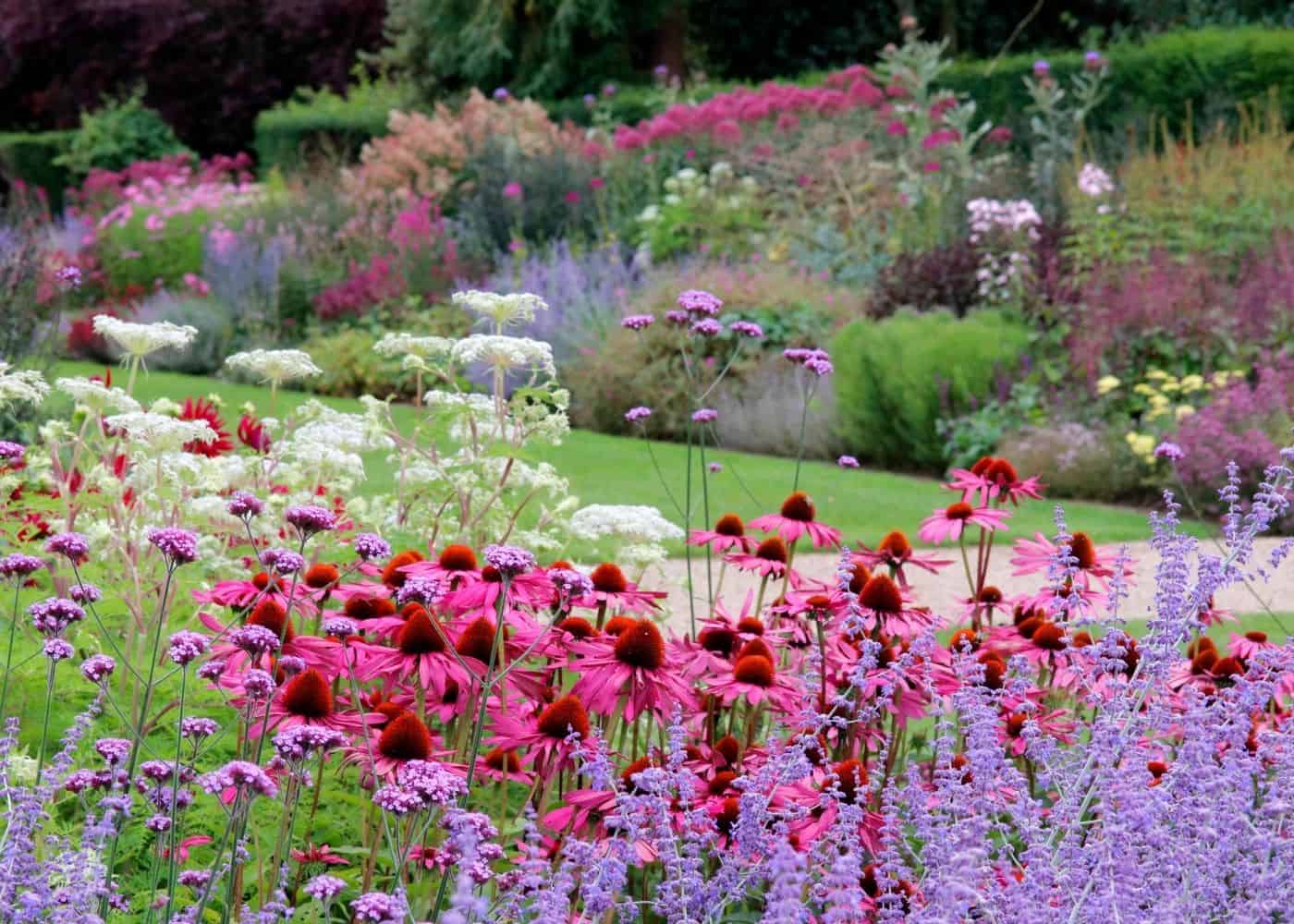





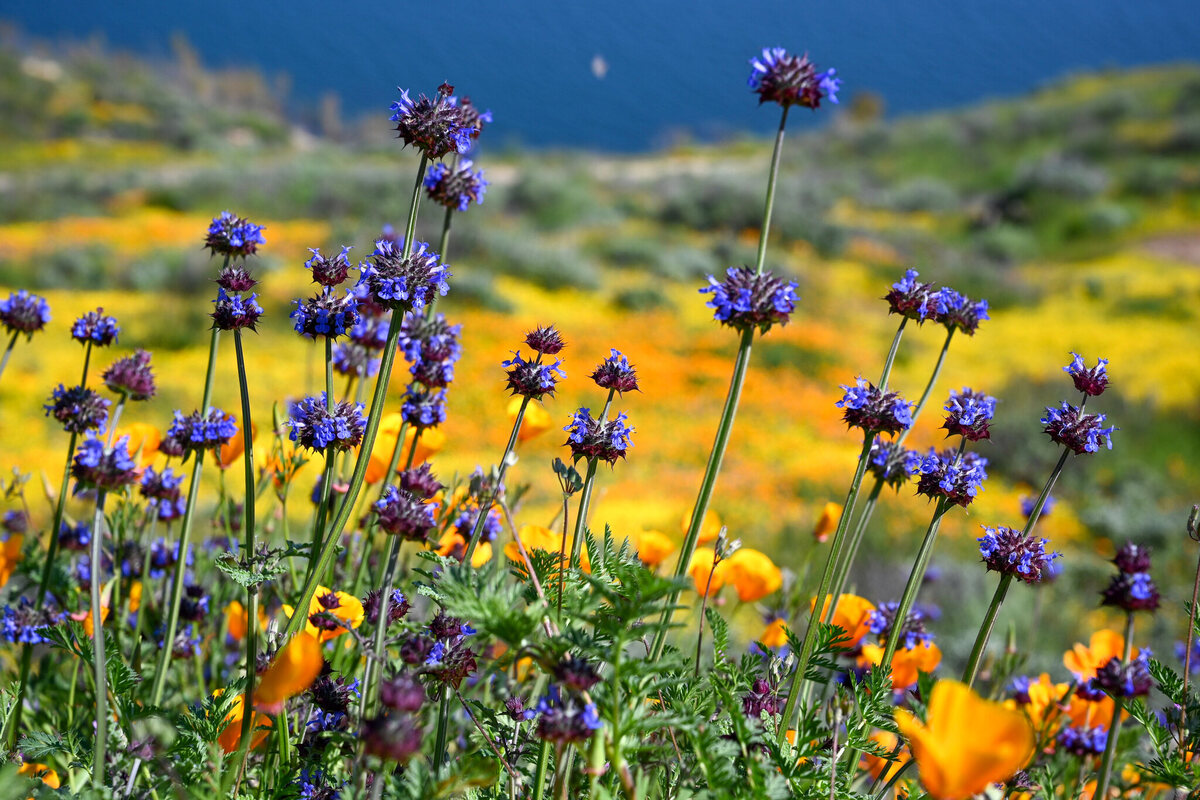
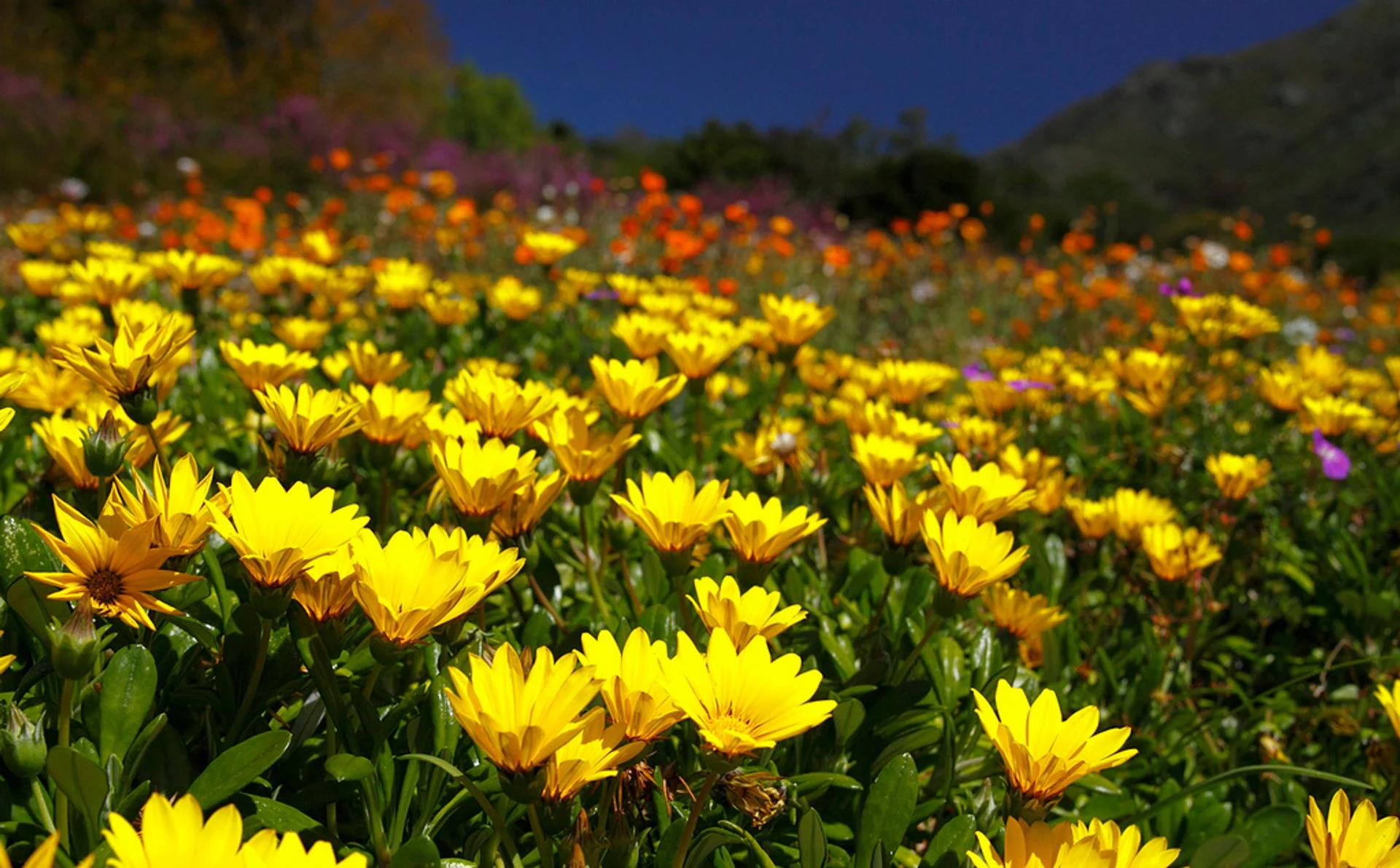


0 thoughts on “How Do Wildflower Adapt To Its Environment”